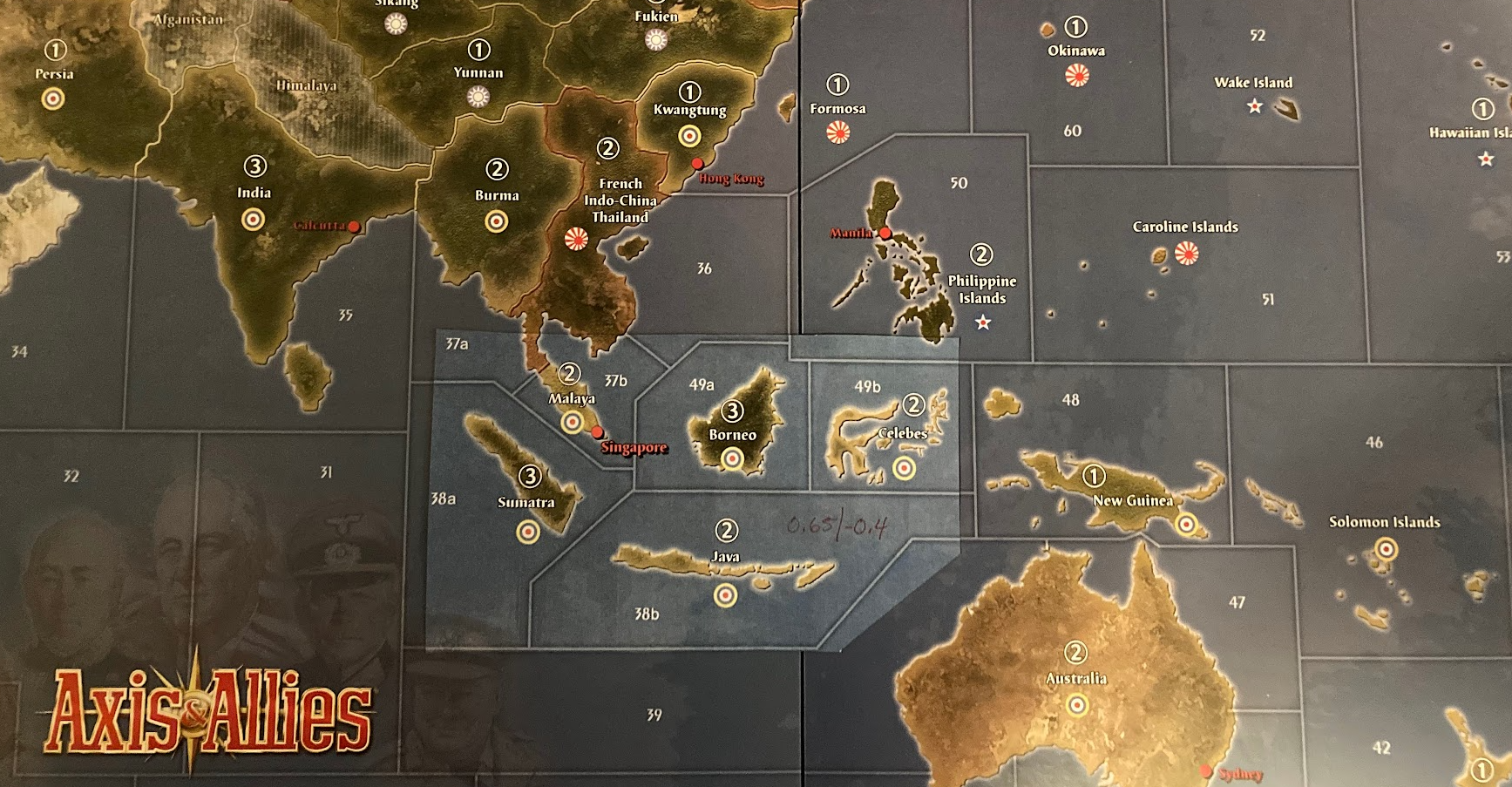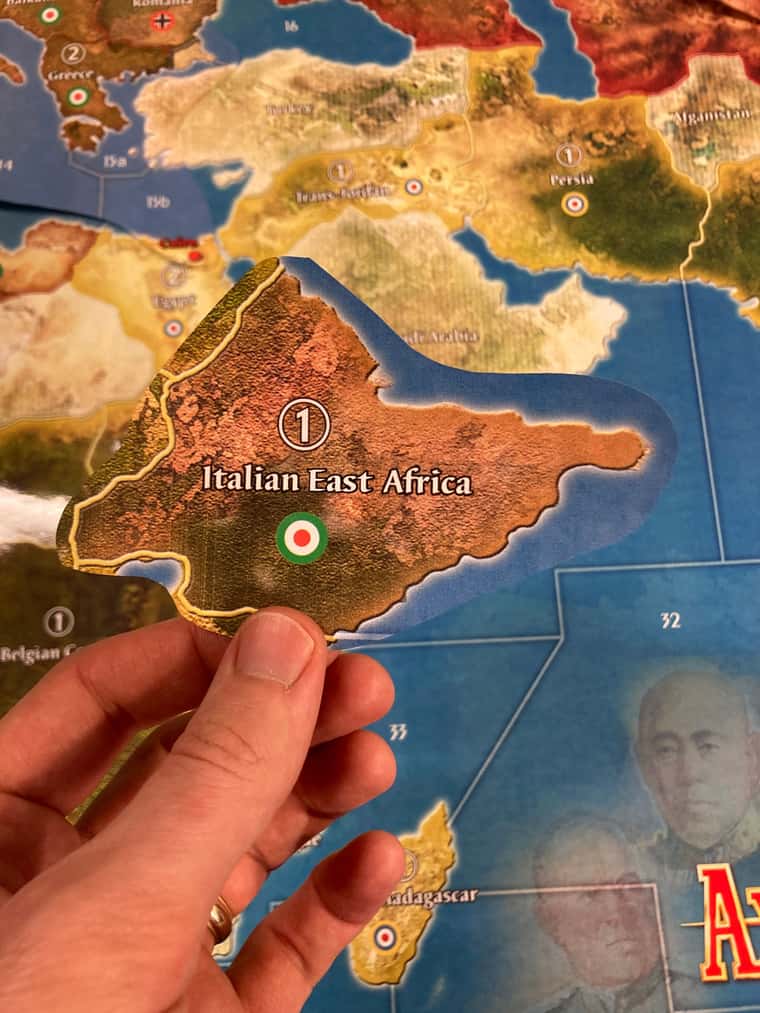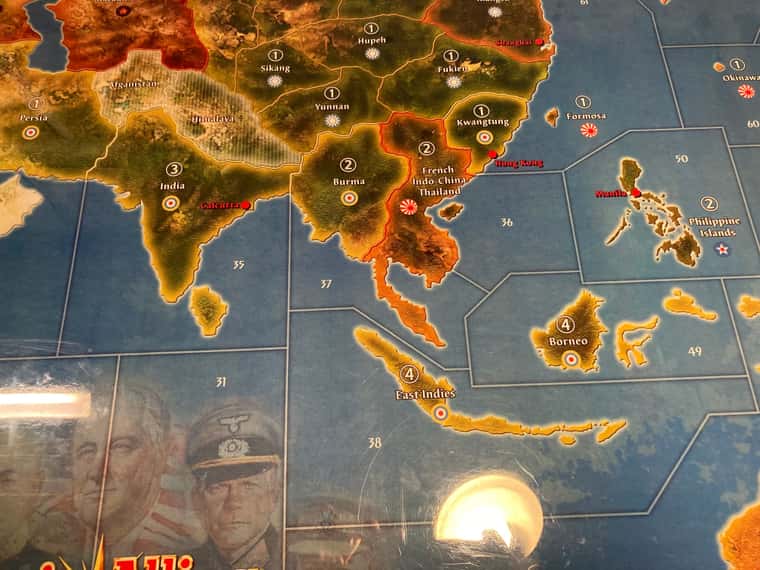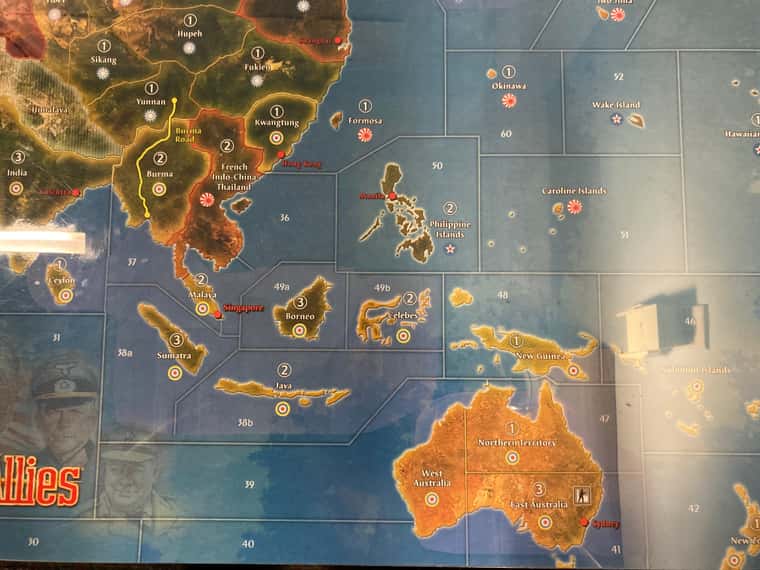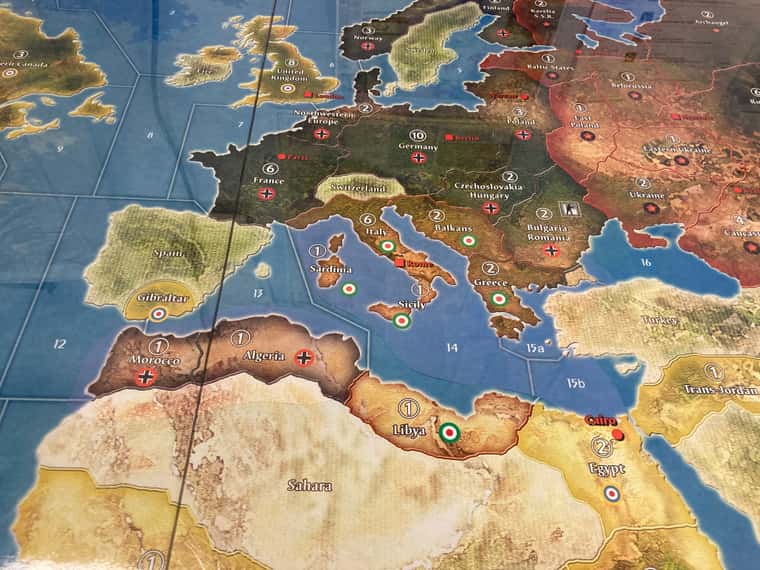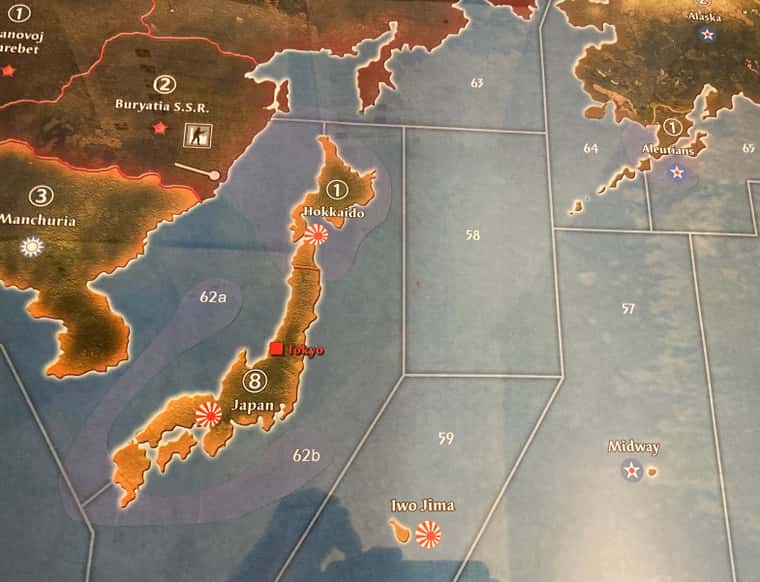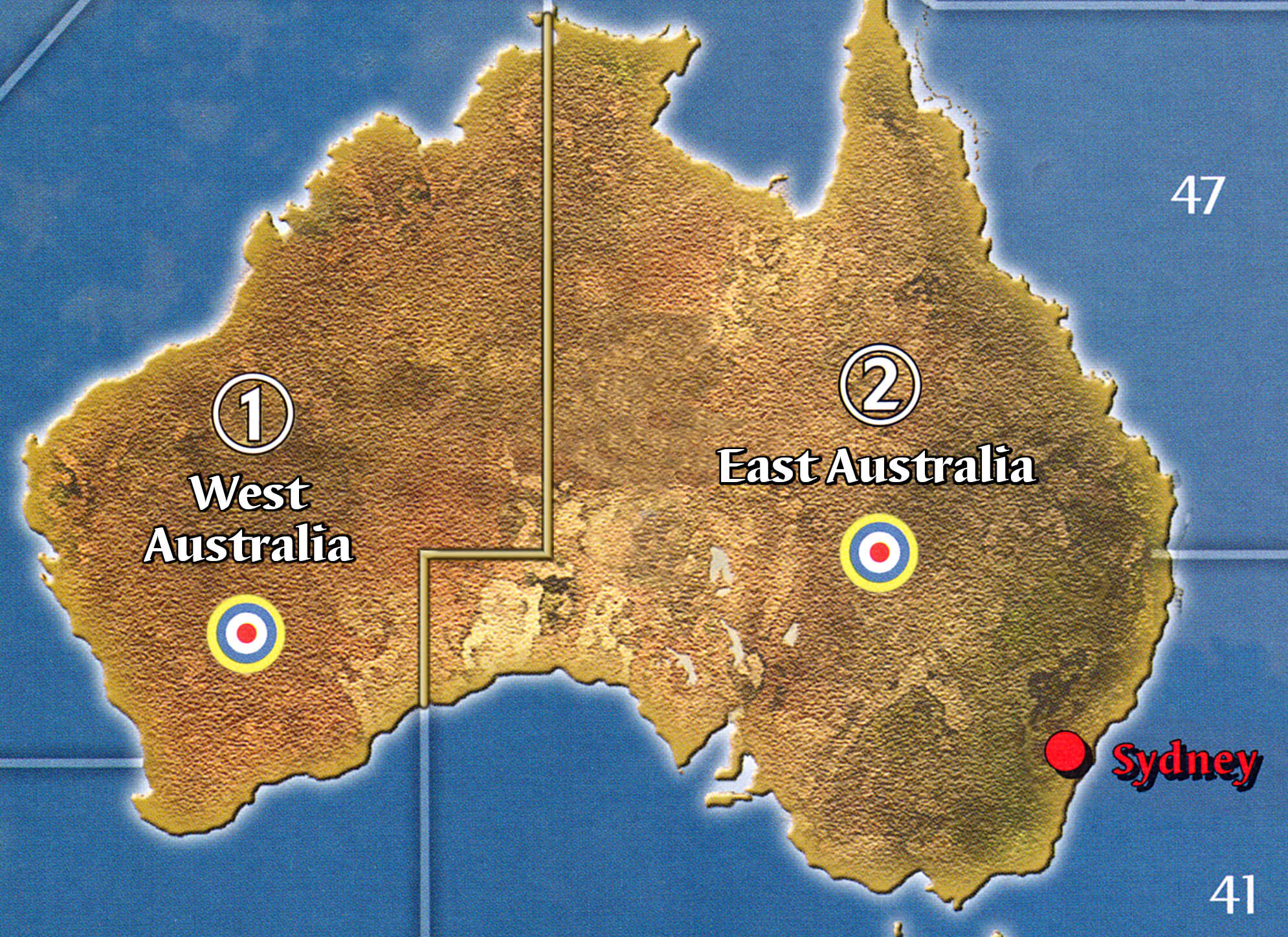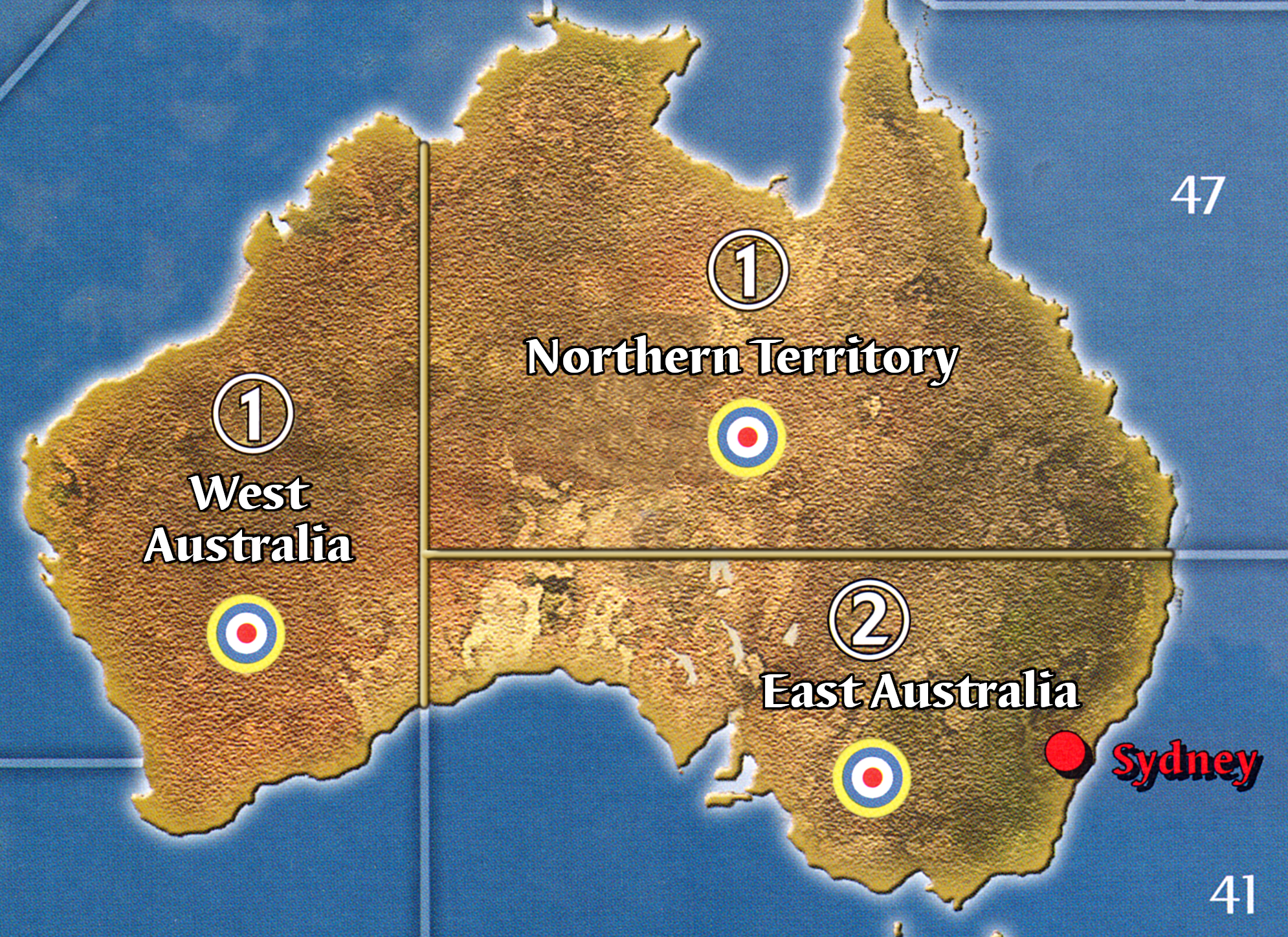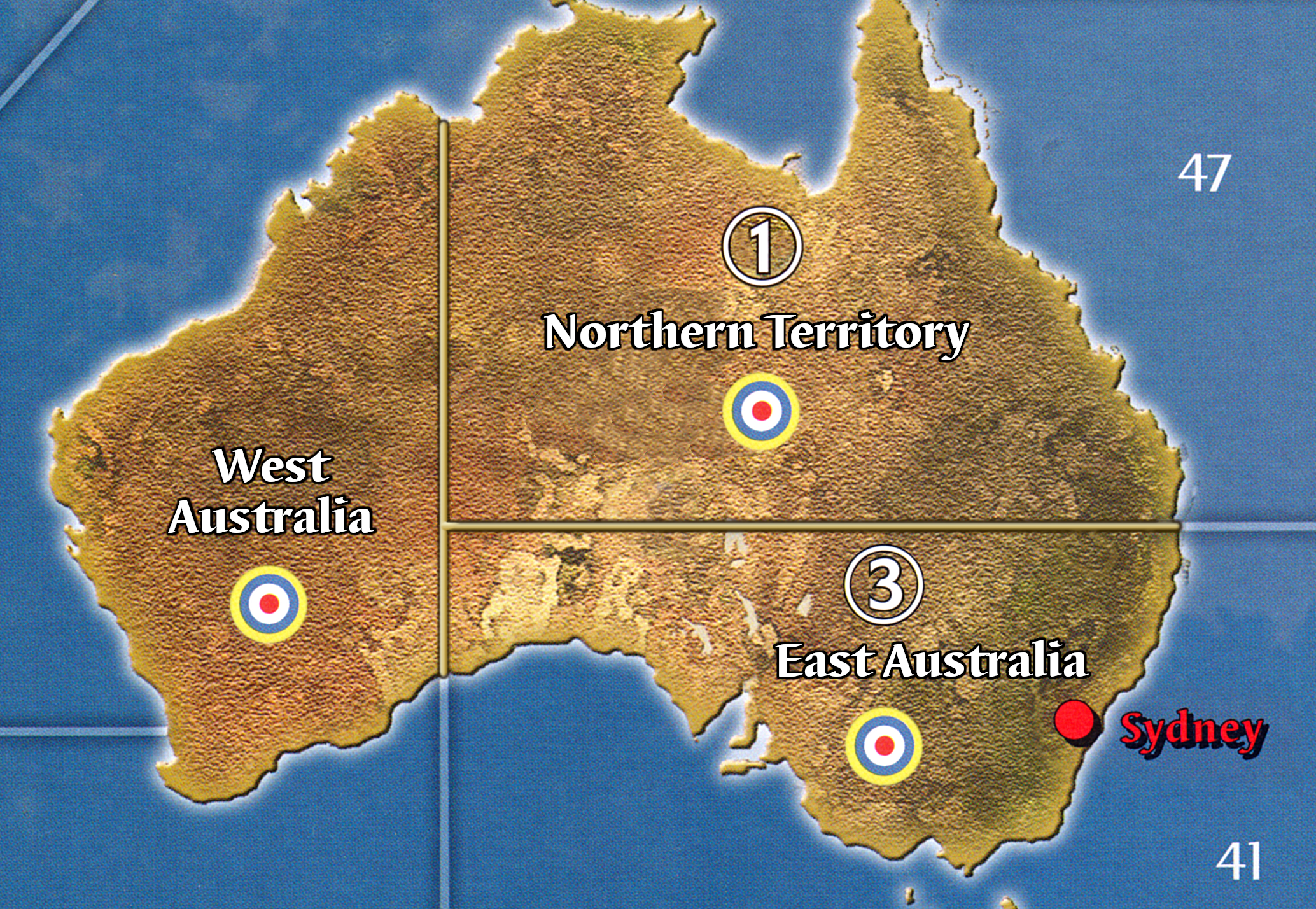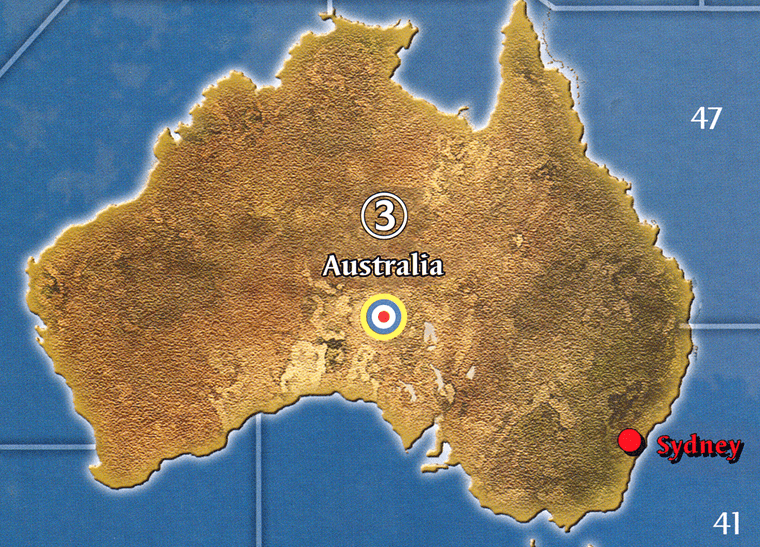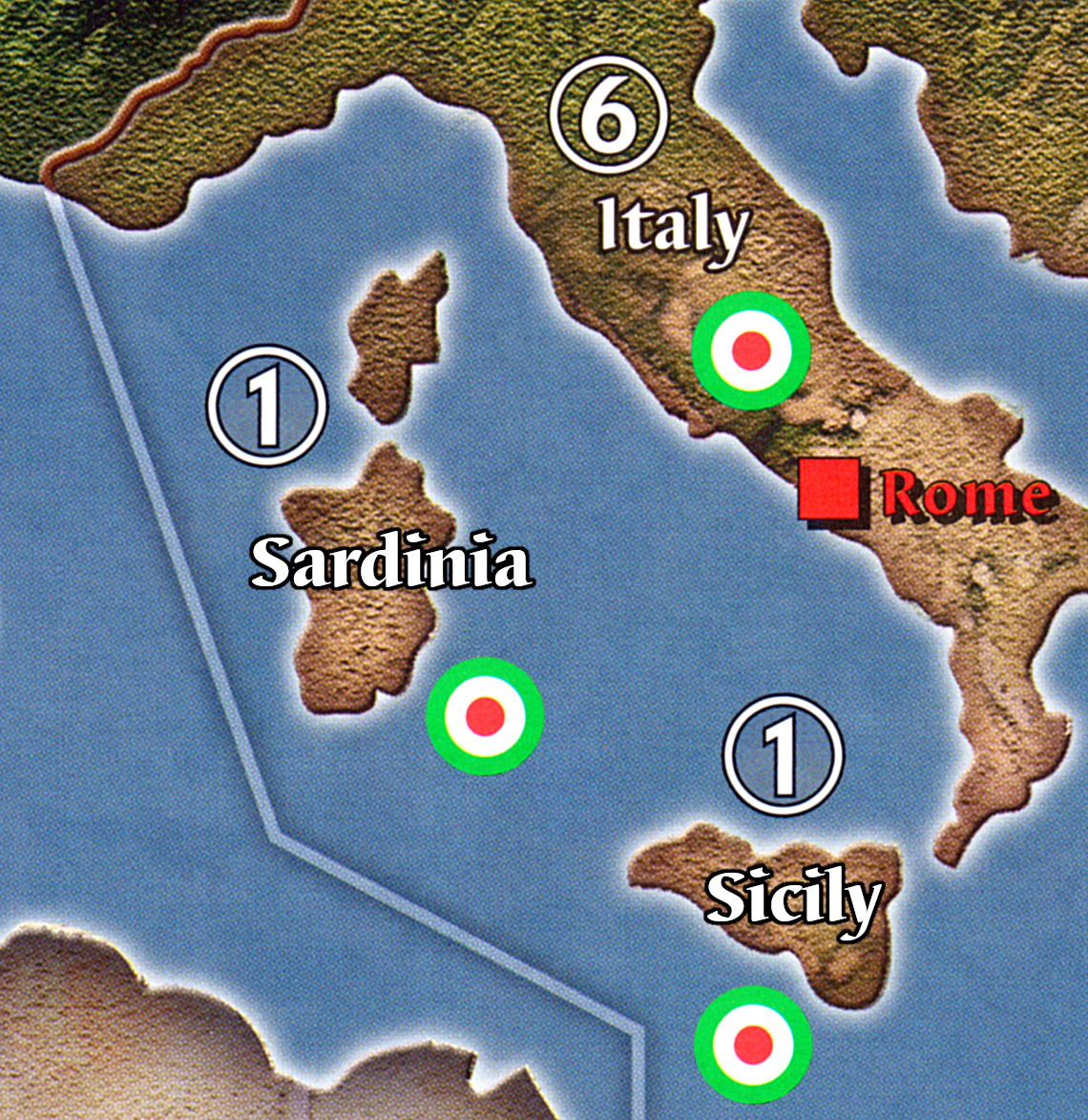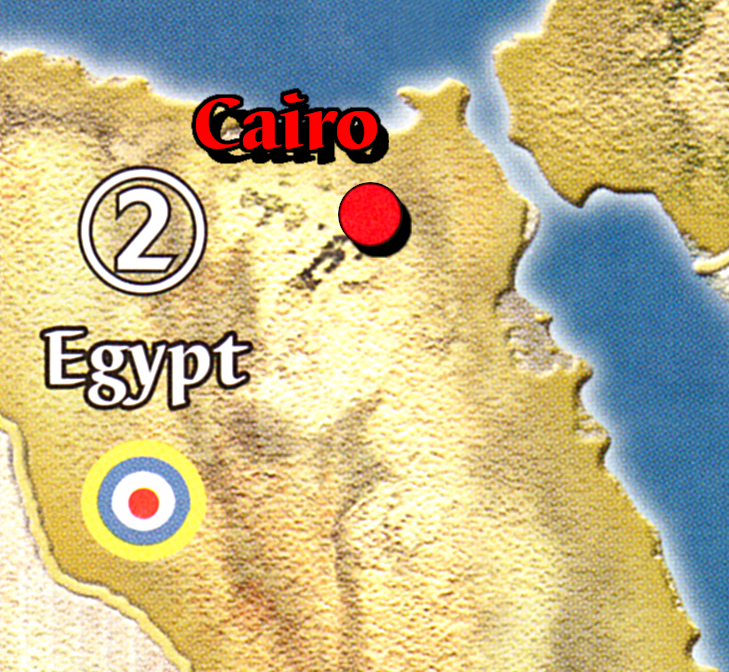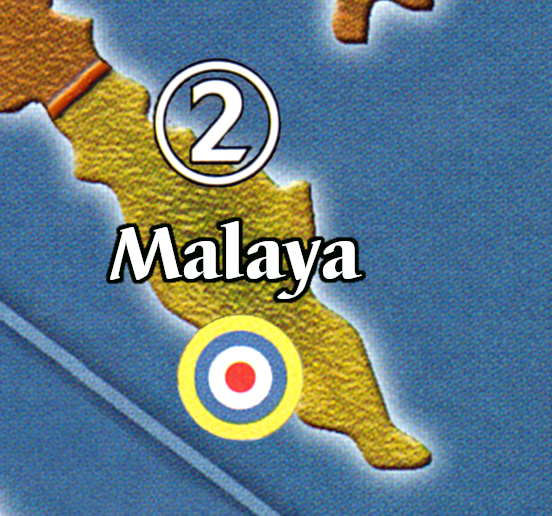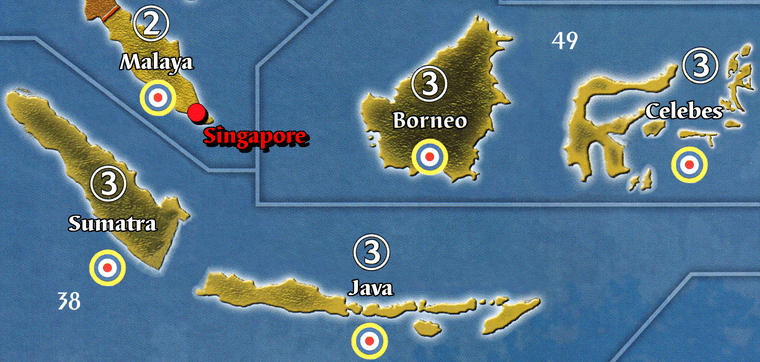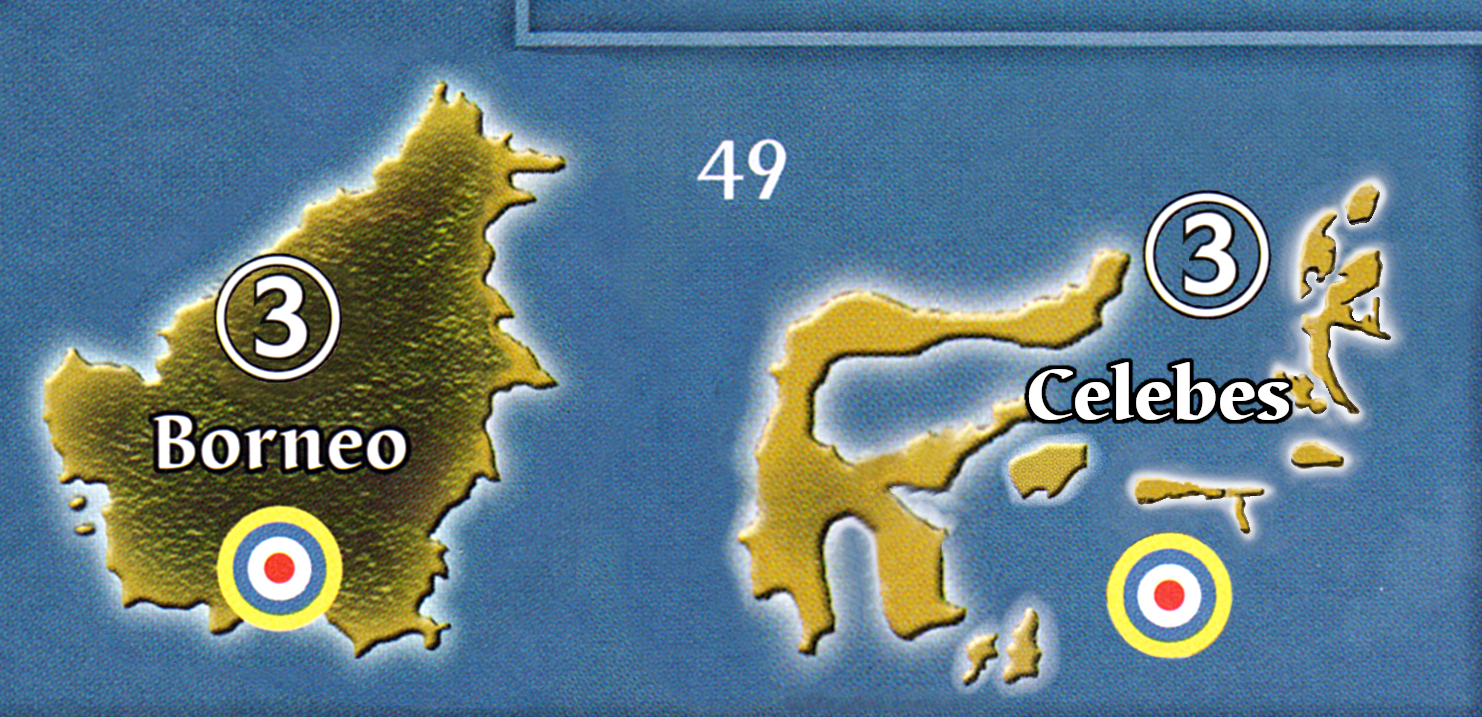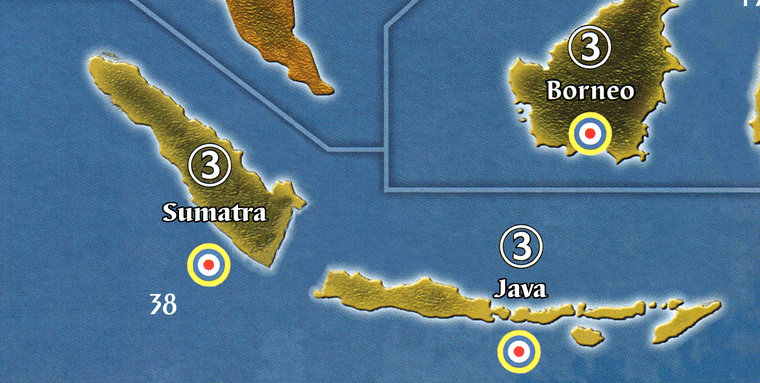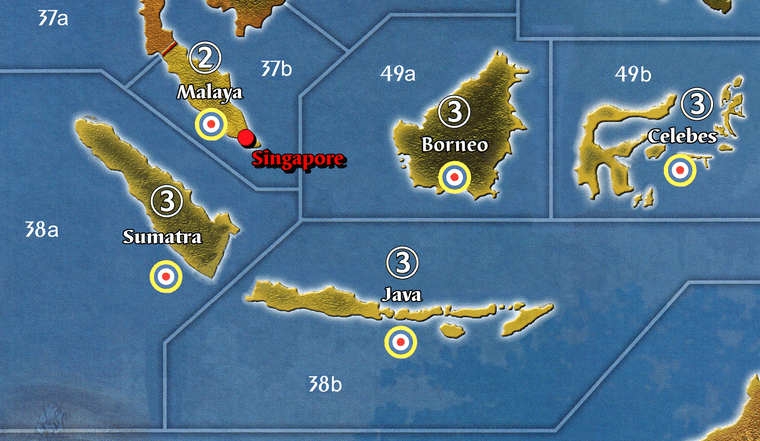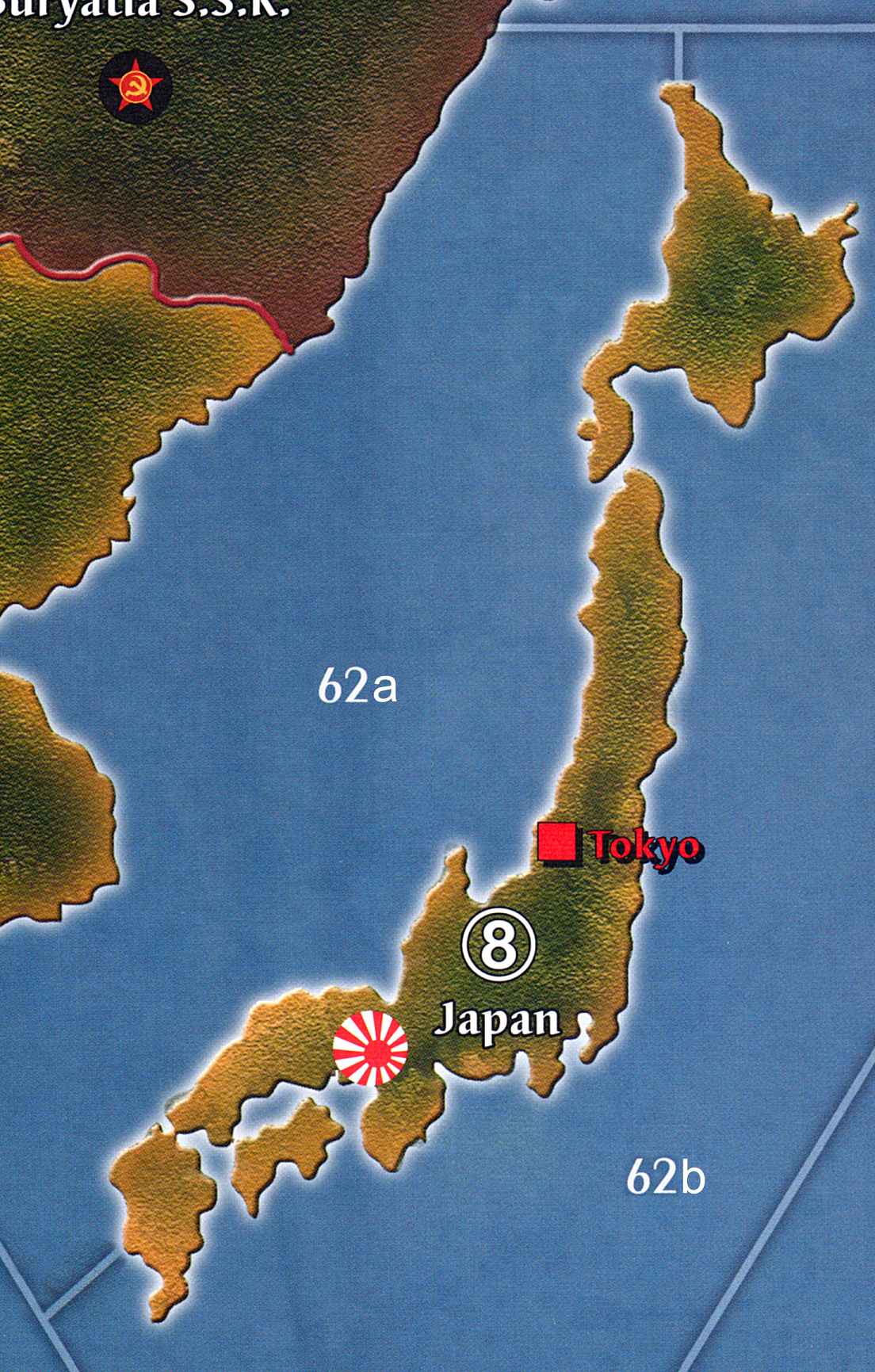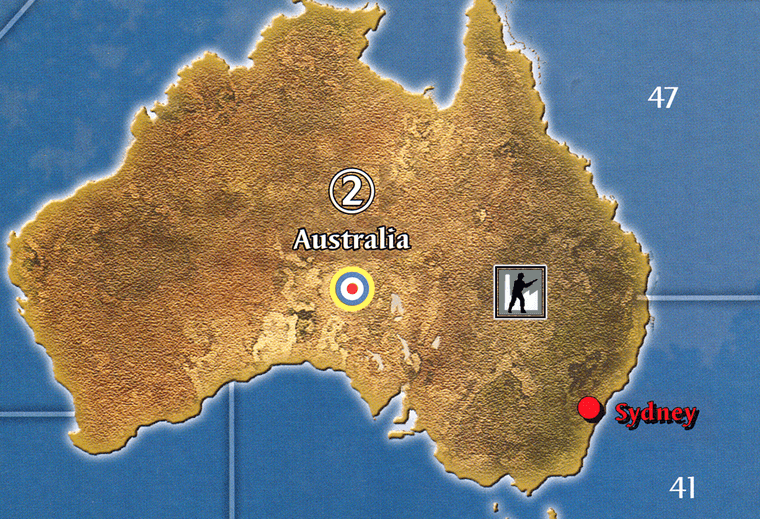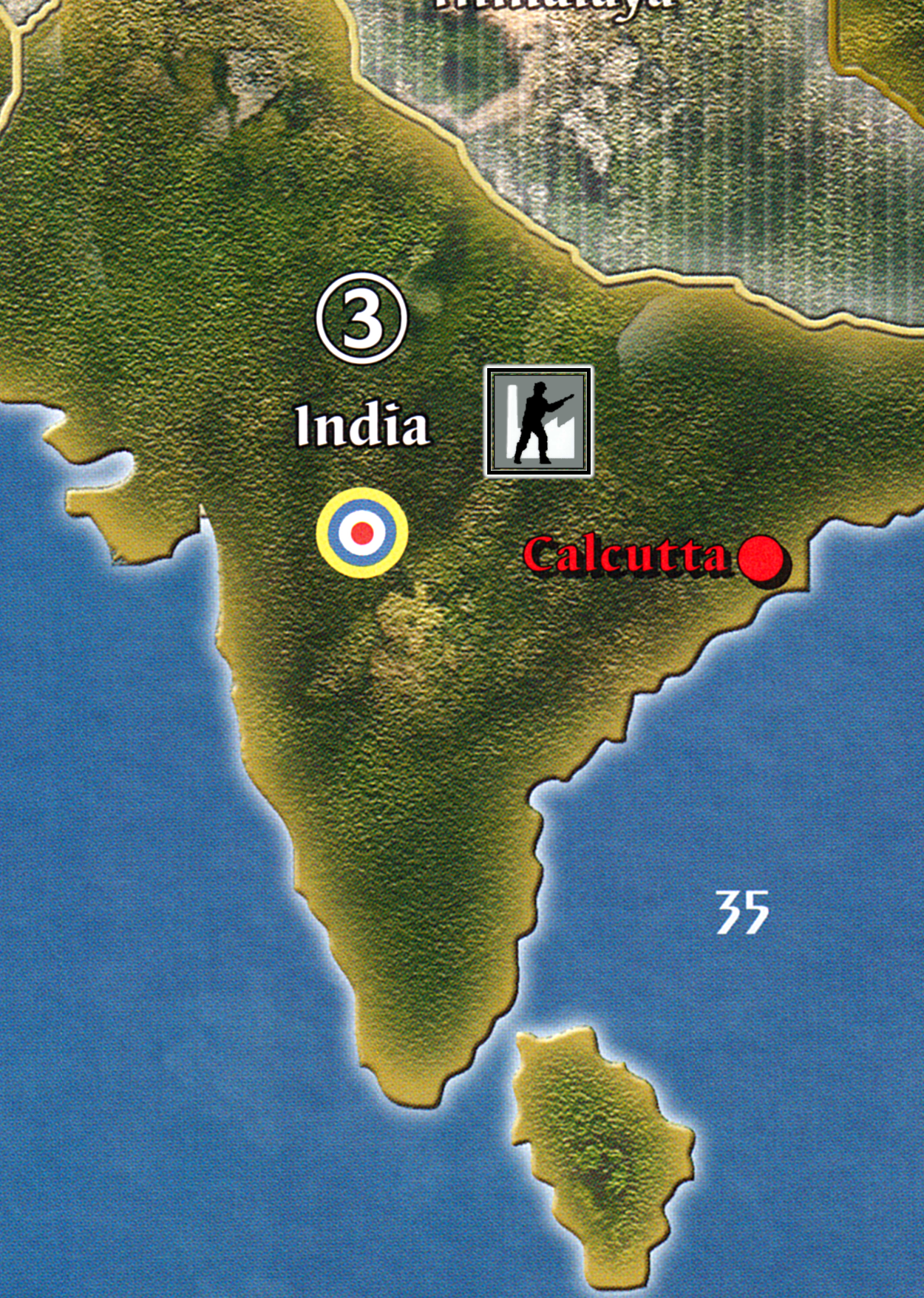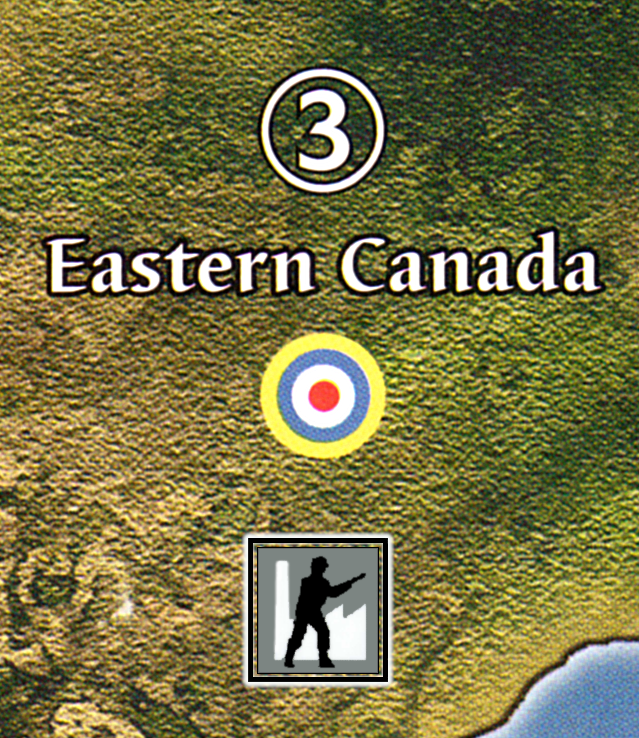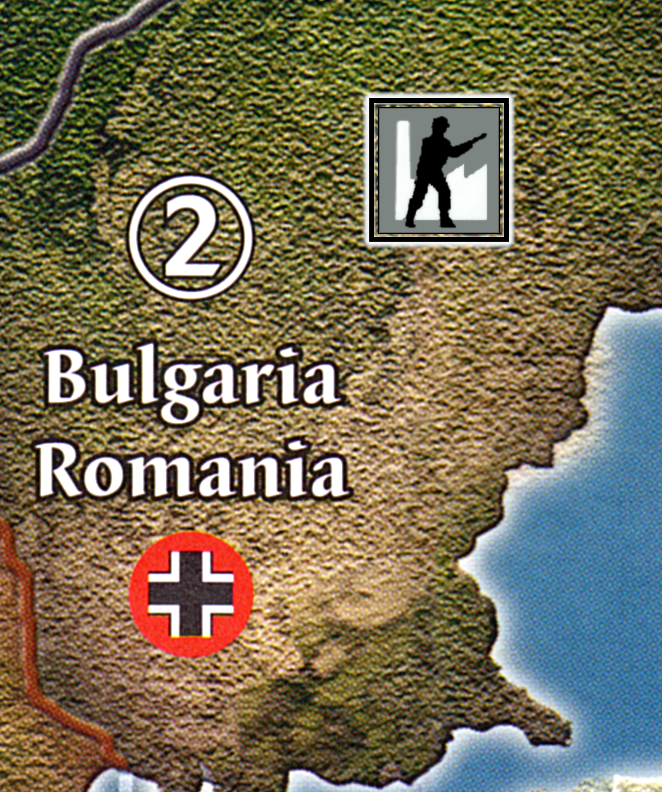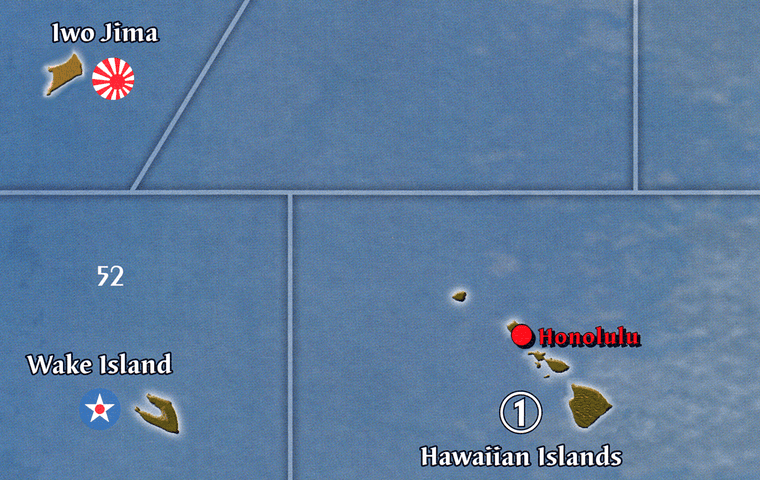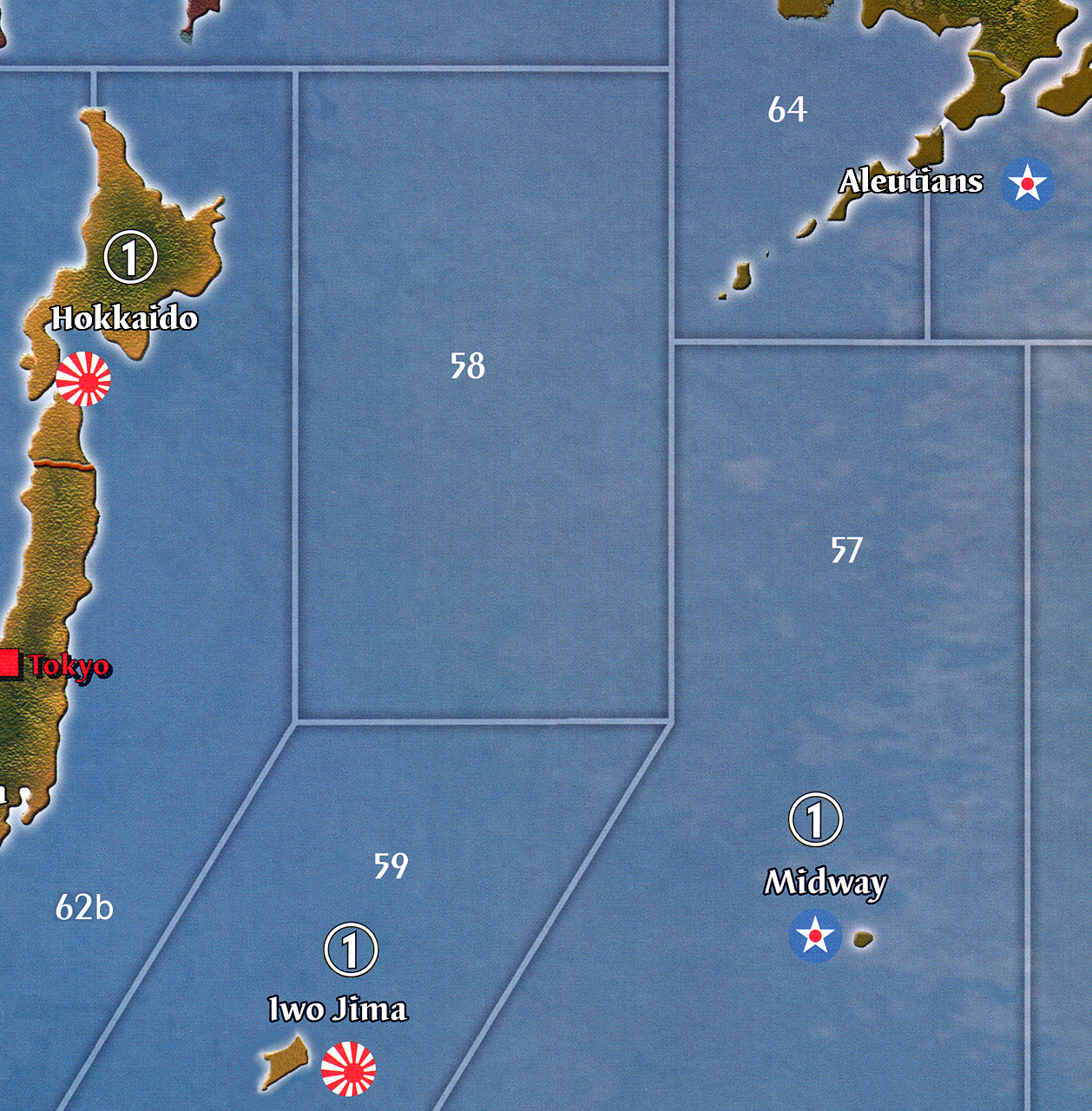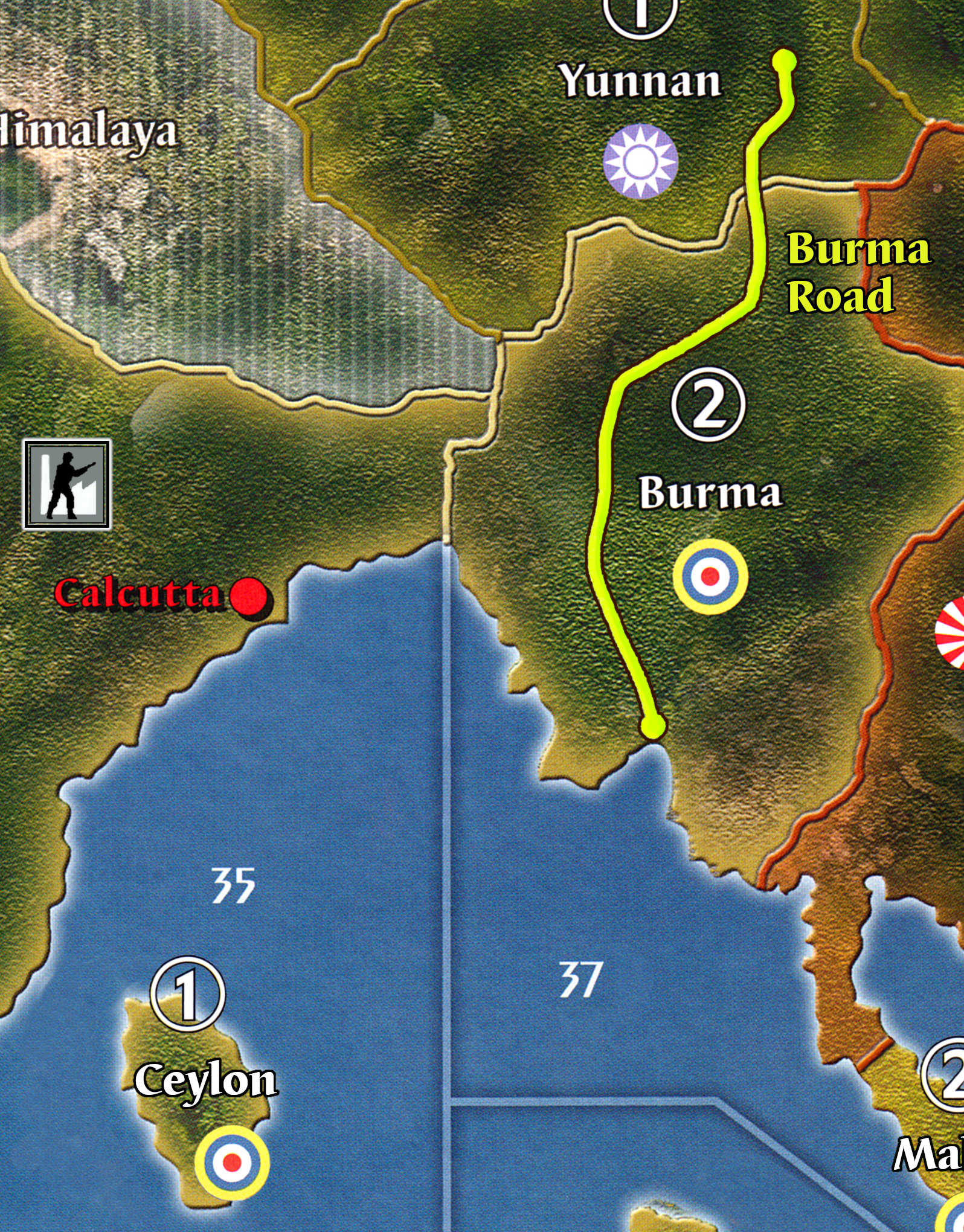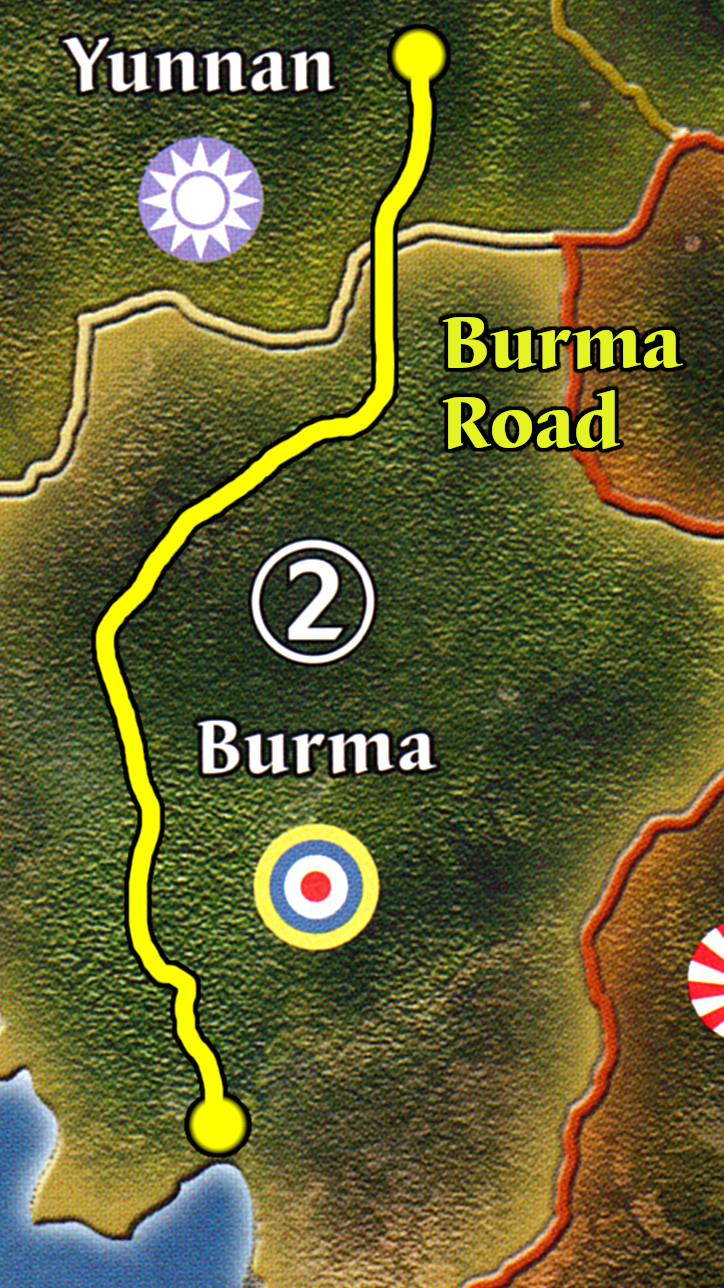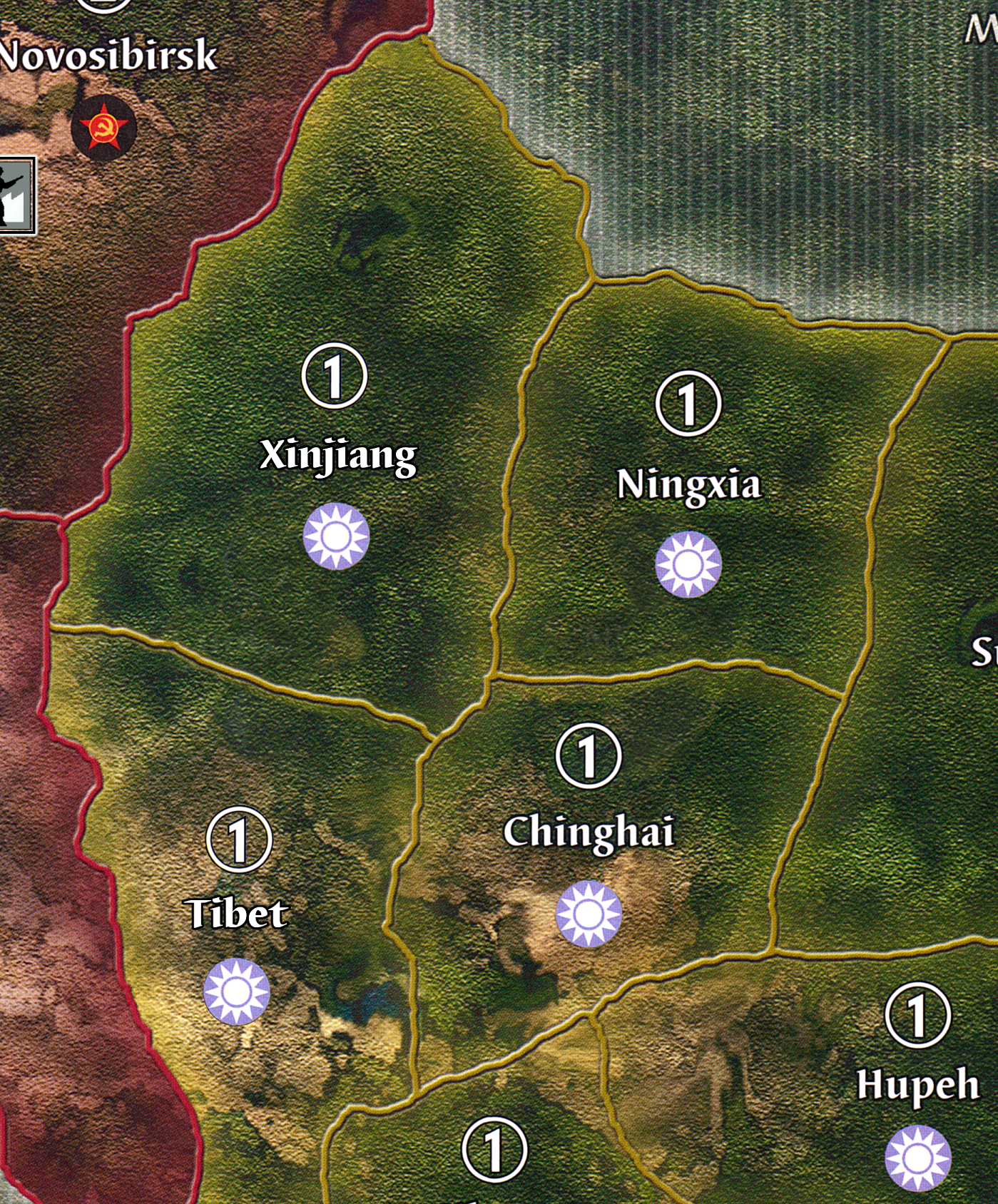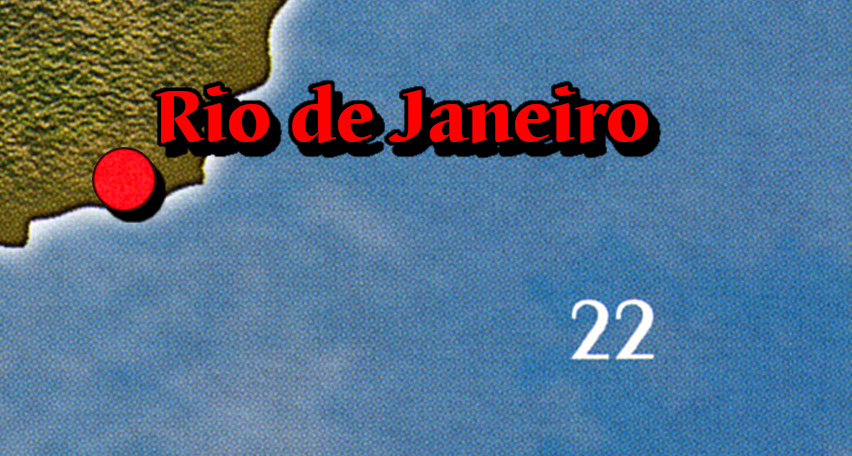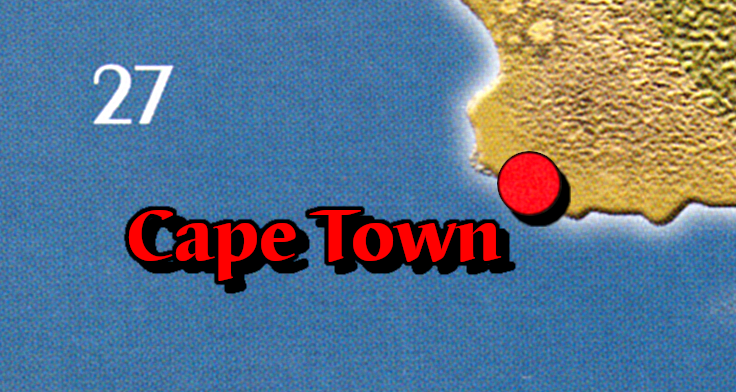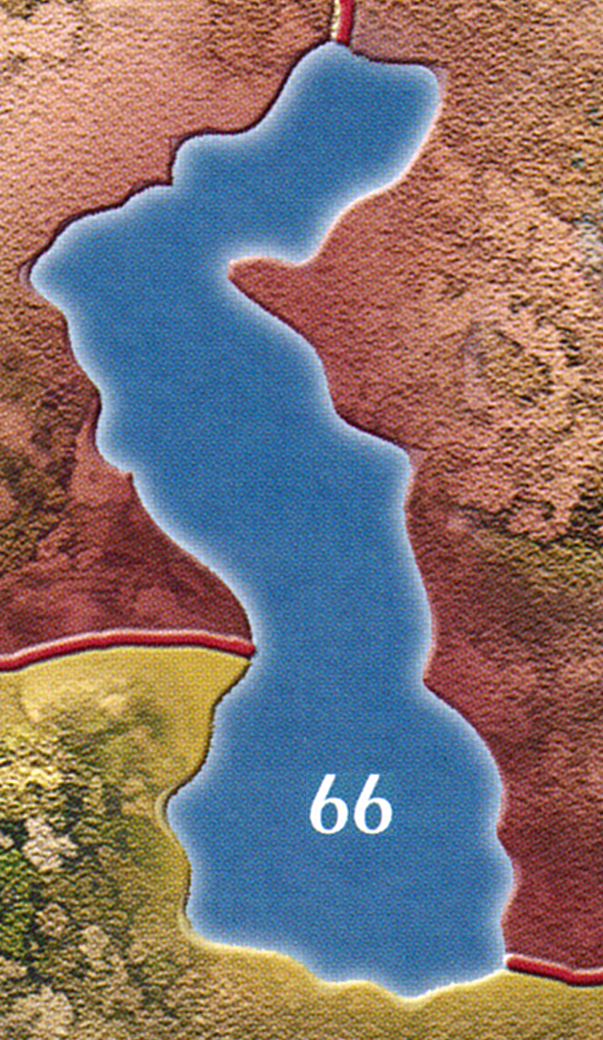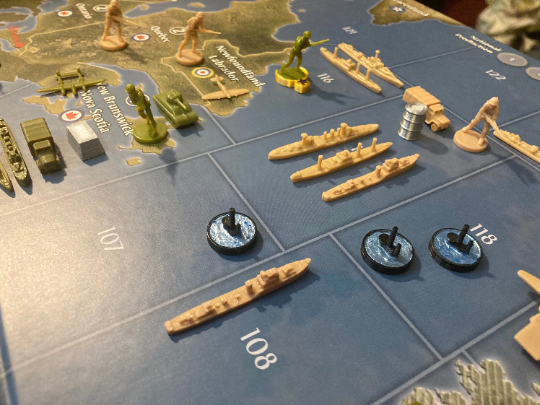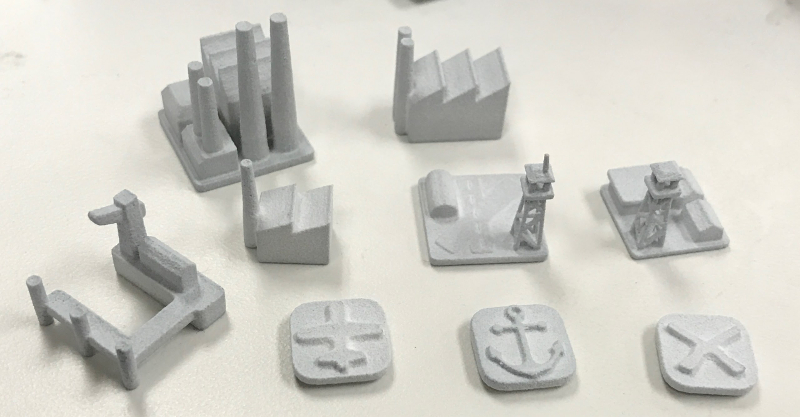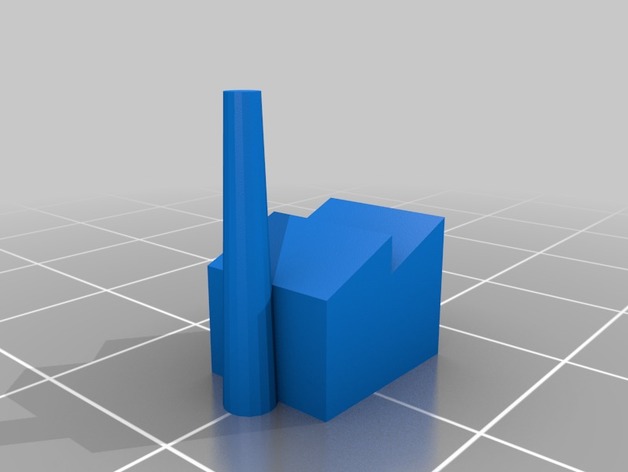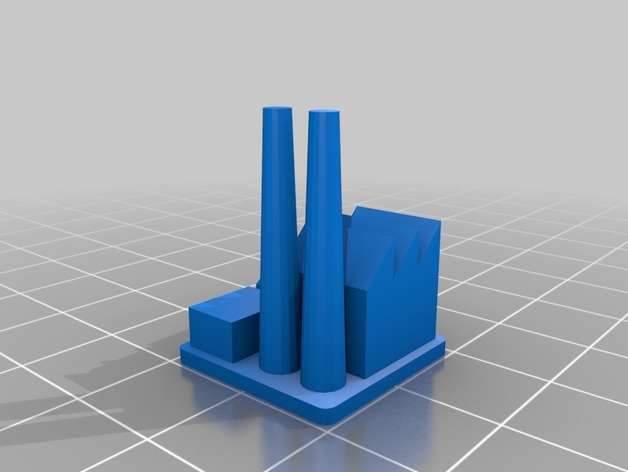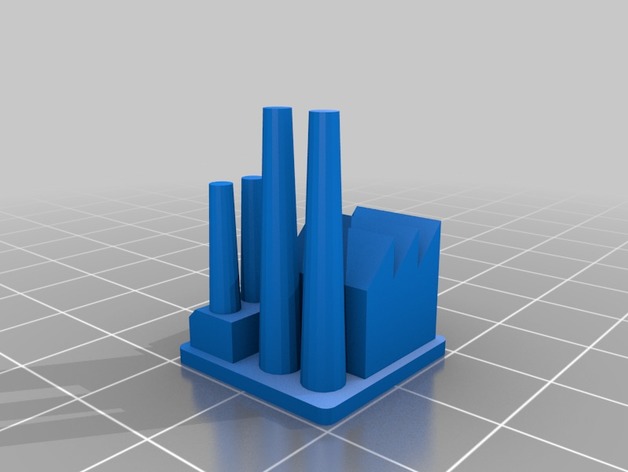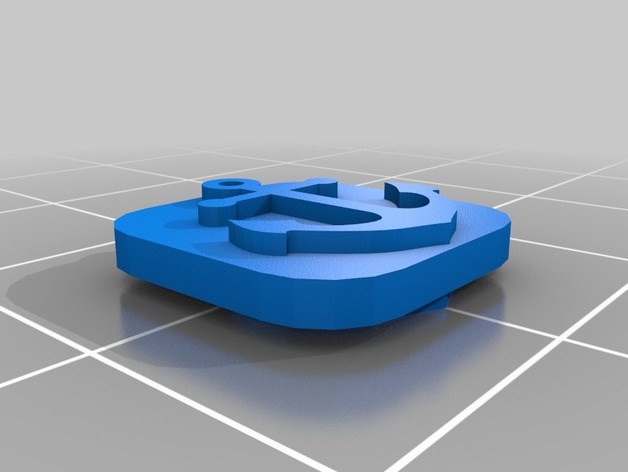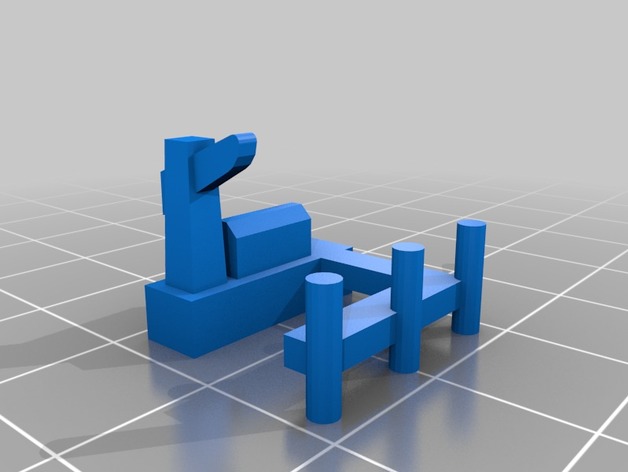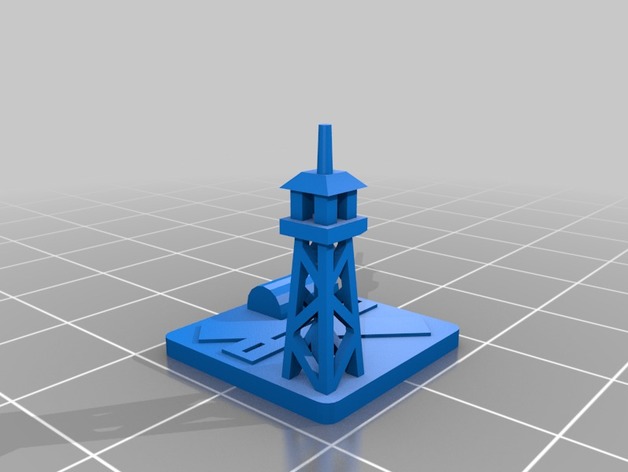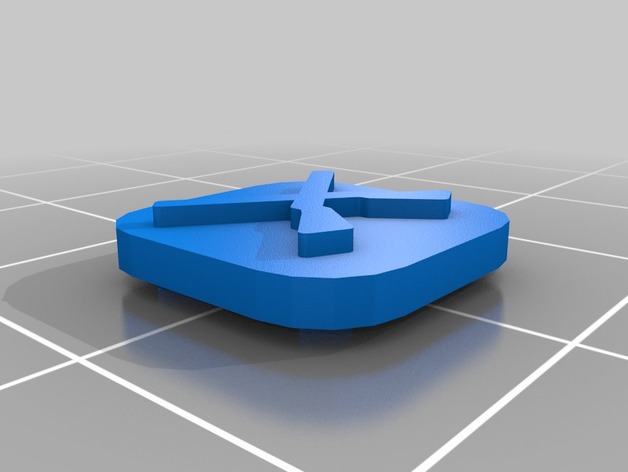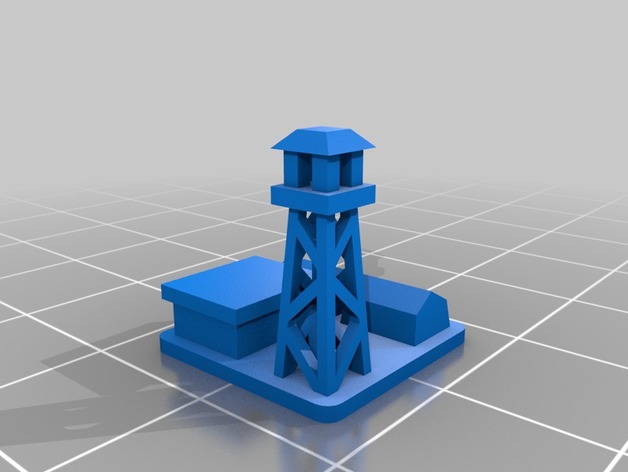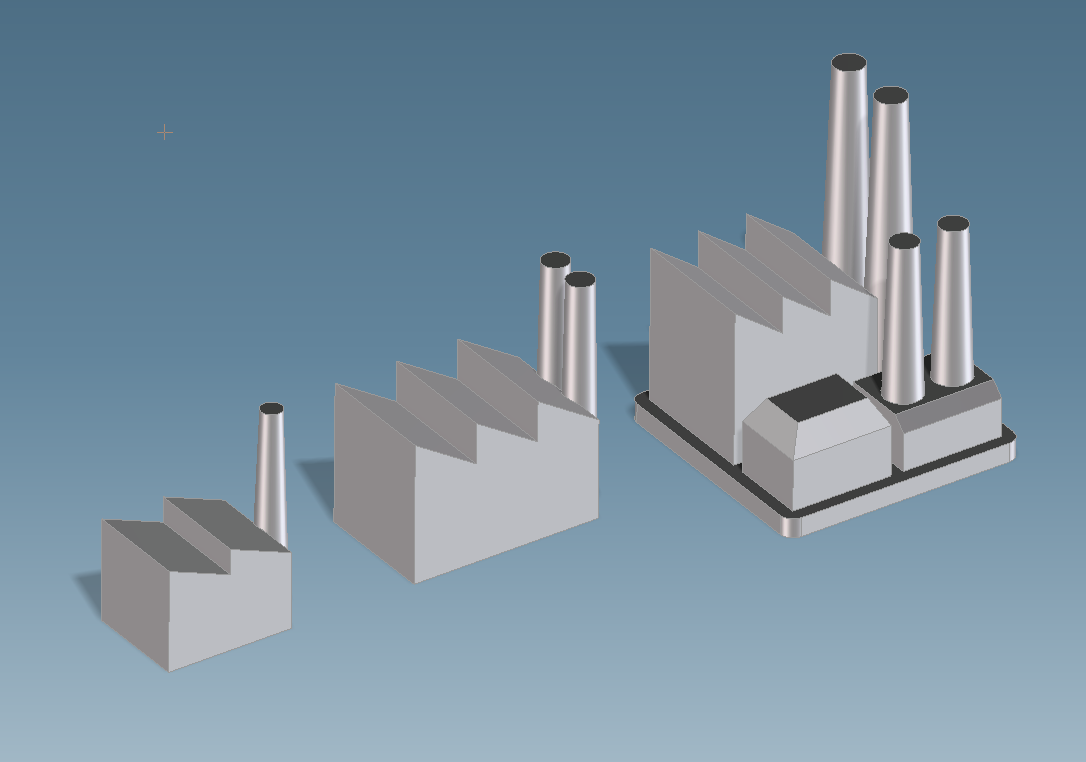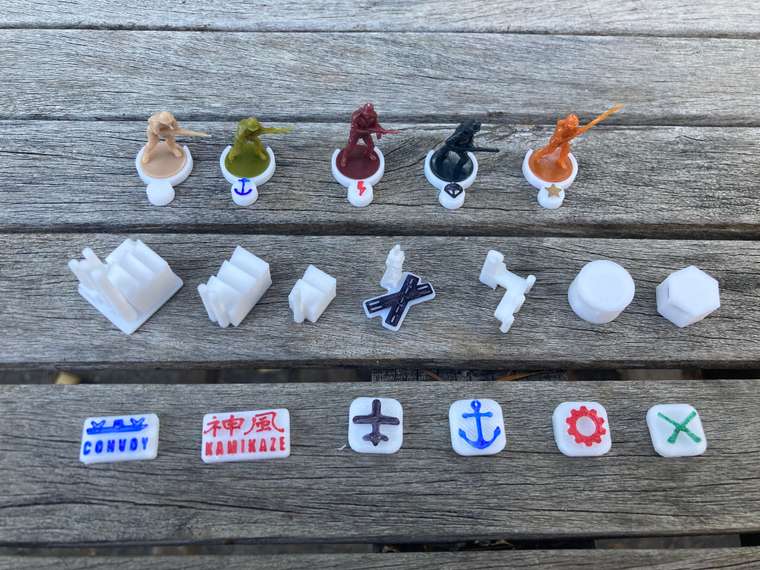These rules follow similar contours, with the following considerations:
- Does special infrastructure need to be built/held before realizing benefits from oil?
- Must oil itself be physically moved/transported to production sites before realizing these benefits?
- Does oil impact IPC levels or territory values directly, or indirectly?
- Does oil have any additional game effects like unit purchase limits and movement?
Next I want to tackle each of these considerations, discuss some potential pros and cons, and draw some conclusions.
Oil Facilities/Infrastructure
These are any oil derricks, wells, and/or refineries that either pre-exist or must be built and maintained in a territory prior to accessing the benefits of any oil that is present there. Of course, “if you build it, they will come” applies: these facilities can also be bombed, captured, and/or destroyed, rendering them inoperable and the underlying oil benefit useless or degraded until they are repaired or rebuilt.
Mechanics:
In a ruleset with oil infrastructure, the existence of oil in a territory may represent only a potentiality. Whatever the details, adding oil infrastructure places oil resources behind a barrier: Investment up front is required to exploit the resource, and ongoing maintenance and concern for the protection of the investment from strategic bombing and raids is required.
The upfront investment can be mitigated somewhat by having most (or even all) oil-producing territories start the game with Oil Derricks already in place - particularly if these derricks are made indestructible - but the cost of protecting the asset from damage and raids remains.
Pros:
- Complexity - More strategic granularity and crunchiness
- Historicity - These facilities (and raids against them) featured prominently in the actual
strategy of all sides
- More fun bits - It’s an open secret that all A&A players like more bits.
Cons:
- Complexity - cuts both ways; more rules, more pieces, longer play time
- Scarcity - placing oil behind a vulnerable infrastructure barrier means that there will be less oil overall, and the oil that is out there will be more expensive to exploit and protect.
Discussion:
Because adding infrastructure beyond the IC is such a significant change to the game, I believe this rule only makes sense in games that include other base-type facilities as well; so G40 and beyond. Even in this case, Oil facilities should probably leverage the existing bases rules to ease adoption and limit the impact of the added complexity.
Scarcity is a real factor here as well, and needs to be taken into account by the rules: any benefits conferred by oil (or the consequences of its loss) need to be significant enough to reward the investment (of building/protecting and raiding/capturing) these properties.
It’s my conclusion, then, that requiring the construction/maintenance of these facilities is too much complexity for the simplicity and abstraction level of games like AA50/42.2, while in G40 and beyond they make sense and can add fun and strategy without overburdening the system. I would seek to add Oil Derricks as a new facility type with identical cost and characteristics as the other bases in the game, then scale their benefits accordingly.
Oil Transportation & Reserves
These rules require that some kind of actual oil “unit” be represented/abstracted as a vulnerable physical piece on the board, whether it must be transported from oil fields to production centers or stored in reserves. In addition to the territories and any infrastructure that produce them, these physical oil units are themselves subject to capture or destruction, and may or may not require actual transport units like naval/air transports to carry them around the board.
Mechanics:
In these rulesets, oil is placed behind a much higher barrier than the mere maintenance of oil facilities - that of also investing in the transportation infrastructure (and protection thereof) to store or move the oil. Where the distance is minimal (and/or the transportation infrastructure already exists) the impact of these rules will be minimal - in the case of the Russian Caucasus, for example - but where that transportation or storage is more awkward/must be newly established it presents a tremendous obstacle to exploitation (in the Middle East or South America for Germany, etc.)
Pros: Same as Infrastructure, only more so
Cons: Same as Infrastructure, only more so; and additionally:
Asymmetrical - May, for geographical reasons, unequally saddle powers (e.g., the Axis) with impossible burdens (however historical!)
Discussion:
Oil-as-a-vulnerable-unit takes the historicity, complexity, and scarcity impact of the “Facilities” rules and increases it by an order of magnitude. It’s one thing to build and/or protect a fixed asset from strategic bombing, but it’s a whole other thing to ensure its safety along an entire transportation corridor. This is one reason why, even for a punishingly intricate system like HBG’s G36, the movement of raw materials such as oil is still abstracted to “convoy zones” or “lines” which can be cut or raided by enemy units.
Requiring that oil be moved or stored individually and physically in this way raises the question of why it is singled out over other mission-critical resources that would form similar convoys- like wheat or rubber, for example - and also adds a economic/logistical rail to the A&A system that many players would probably not find enjoyable. In my opinion, this sort of rule is interesting but ultimately not worth its own weight for a game like A&A, even at the comparatively granular G36 level of abstraction.
Oil-to-IPCs: Direct or Indirect?
Most oil rulesets give some kind of IPC benefit to powers that control it. This discussion is not about a specific rule, but rather about the way that those IPCs are awarded for oil and the difference between oil adding directly to IPC count vs. oil driving NOs or other indirect means of affecting a power’s economy.
“Direct” oil-to-IPC rules are straightforward in that they award a power bonus IPCs for oil they control - whether that’s controlling oil-producing territories, maintaining functional oil wells, units of oil transported/exchanged, etc.
“Indirect” rules are the typical ways to which oil is alluded in OOB rulesets, and are myriad, including examples such as:
- Requiring a power to pay another power for oil controlled (AAE)
- Giving powers individualized oil NOs to control a specified amount of oil (AA50, G40, etc.)
- Granting unit cost decreases to powers that control a specified amount of oil
- Penalizing a power’s economy in some way if it doesn’t control a specified amount of oil
Mechanics:
Direct oil-to-IPC rules lean into the abstraction and simplicity of A&A economics by simply giving players more more money to play with. This makes the calculations simpler and the benefits open-ended, at the cost of some gamey blandness and uniformity.
Indirect rules vary, but are generally trying to achieve some more historical, granular, or realistic end with regards to oil by placing limits on its benefit in some realistic way: either to specific (mechanized) units, or to specific powers, or by capping/specifying the exact amount gained, or by limiting where geographically that oil needs to be obtained.
Pros: (of the “direct” or $/oil model)
- Simplicity - $/oil makes calculations and tradeoffs faster and easier
- Open-ended - $/oil lets players decide where to get it, how much is enough, and what to spend it on
Cons: (of the “direct” model)
- Ahistorcal - $/oil can lead to ahistorical strategies and seemingly unrealistic results, like ignoring oil completely or converting “oil money” into divisions of infantry or battleships
- Optional - $/oil means there’s nothing “special” or necessary about oil, it’s simply one option among many to increasing IPCs
For the “indirect” model, these pros and cons can simply be inverted: there’s more complexity - and in most cases, individualized and power-specific rules to memorize, and there is less player freedom to explore alternative, ahistorical, or seemingly unrealistic options.
Discussion:
I think compelling cases can be made for both sides of this coin.
On the one hand, simplicity and open-endedness are things to be pursued at all times. There’s nothing wrong with a rule being easy to understand and apply, and I’m personally allergic to making every player memorize 6 or more different NO schemes before they can feel like they understand the game. Finally, the potential for ahistorical situations and player freedom are part of what make A&A a game rather than simply a repeating simulation; and one which the Axis element of initiative and surprise is mostly impossible and should therefore, historically speaking, result in an inexorable Axis defeat barring on Allied mistakes or bad dice.
On the other hand, if oil is a part of the game it should not be able to be completely ignored - if so, then why add it at all? Moreover, if oil translates simply and directly into just more IPCs, or if the real objective is simply to draw more attention to the periphery of the board… then why not simply increase the IPC values of those territories for everyone and call it a day?
For AA50/42, an easy compromise between historicity and simplicity might look something like this:
- Identify a handful (maybe 5-8 for these simpler maps) of oil-producing territories, plopping down a permanent, indestructible Oil Derrick miniature or other marker on each of them as a visual reminder.
- Declare that, at the end of each game round (when VCs are counted), each of these oil-producing territories controlled by an Axis power will grant that power +2 IPCs.
This would retain the benefits of simplicity and open-endedness, while adding a smidgen of historicity, with minimal additional rules and impact to game time - you’re already tracking and counting VCs at this point in the game round, anyway. Handing out some IPCs to players that control Oil Derricks here should help keep oil part of the “state of the globe” conversation, and injecting here should hopefully waste minimal time.
For more complicated games like G40, I would want to land on something slightly different. As I mentioned above, this is the level where there should be infrastructure to deploy and protect, which changes the timing and nature of how/when oil could impact the game. Additionally, because of the added scarcity and tactical possibilities inherent to facilities and the more granular G40 system, this is also where some more significant but focused/specific/limited benefits for oil should be realized. Maybe those already-present convoy zones can be brought into play here as well?
More on this later.
Oil Effects: Economic or Tactical?
Similar to the previous section, this isn’t a matter of a single rule but rather a sort of complexity/historicity continuum. The question here is: “To what degree of specificity should oil impact the war-machine in a highly-abstracted game like A&A?” The answer can be anywhere on this continuum from the “not at all specific” (+/- IPCs only) to very granular per-region and per-unit effects including degraded movement, combat, or producibility.
Mechanics:
It’s an understandable next step in complexity and crunchiness to bring the impacts of oil home to the mechanized units that famously rely on it to function. This could be accomplished in lots of ways: we could prevent some or all of the affected units from moving; degrade their combat ability somehow, or perhaps make them more/less expensive or easy to field.
However, due to the breadth of factors that IPCs are supposed to cover - Everything from raw materials, to manpower, industrial capacity, trade agreements, mobilization status, etc. - having oil simply impact IPCs directly at a high level might actually be more accurate than grounding individual wings of the Luftwaffe or Panzerkorps. After all, “oil” at this level of abstraction would affect the economy in a very overall sense, and adjustments can and obviously would be made to both spread and mitigate this impact.
Pros: (of having oil affect specific units)
- Complexity (varies) - throws an additional strategic consideration into the mix, provides for super-crunchy tactical tradeoffs (move this Fighter, or that Tank?)
- Historicity - Oil availability certainly did affect mechanized units in terms of both production and operation
Cons:
- Complexity - cuts both ways, as usual. Having TripleA count up units vs. supply is one thing; doing it manually at a table takes time that people may not want to spend
- Scope-creep - Some game effect on mechs might be ok, but managing unit supply status is arguably just beyond the pale for A&A
Discussion:
I think there is a difference between “powers with/without oil should have some kind of mechanized unit benefit/consequence” and “players must spend time counting up oil reserves/supply vs. fielded unit consumption to determine supply status”. I mean, this is a game where, in most versions, a single plastic factory and the number “10” represents the entire civilizational output of Nazi Germany. It’s not like the players are given any specific responsibility or control for managing civilian morale, or the movement/organization of forced labor, or any other crucial aspect of the sprawling industrial war machine!
What players are given control of, economics-wise, is which units to produce, where. So let’s do what we can with the levers we already have.
With that in mind, the main thrust of this idea is something I could see myself keeping; something like “Oil affects mechanized unit production.”
- ICs with limited access to oil should have limited production of mechanized units.
- The prevalence of oil in a power’s economy should affect the overall efficiency with which that power can produce mechanized units.
Exactly how, mechanically, the above factors should work is something I am still thinking about and would love to discuss further. At a minimum it seems that the oil facilities we discussed earlier, the already-present convoy zone mechanics, and research and development rules should play a part; I’m also intrigued by the idea of having multiple strategic resources (wheat, oil, and iron?) that might each affect the unit production table in different ways: wheat for infantry, oil for all mechanized units, and iron for armored units. Yet I think that of all of these oil makes the most compelling case for inclusion, in some dedicated form, even if the others are excluded.
